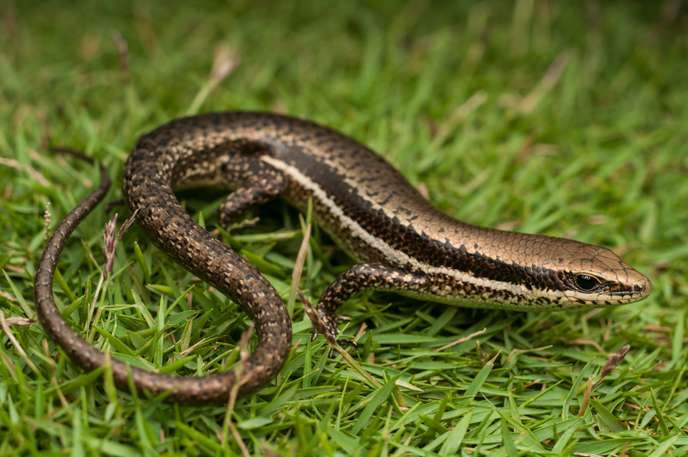What is cold-blooded animals? Basic information you need to know
The endothermic animal in the Greek word Endo means 'inside / endogenous', the word therm is 'temperature'. Animal Endothermic is a professional term used to refer to organisms that maintain their body temperature based entirely on their surroundings.
Operation mechanism
Cold-blooded animals often produce heat based on metabolic processes, in extreme environmental conditions, they often apply special mechanisms to survive.Cold-blooded animals have a large amount of mitochondria compared to other hot-blooded species , which allow the speed of fat and sugar metabolism. Accordingly, in order to maintain life, they need twice as much food as the amount of food of warm-blooded animals, which will help the metabolism to get better.

Thermal animals adapt well to changes in outside temperatures.
In nature, animals such as snakes, lizards, etc. will temporarily cool down to near ambient temperatures to save energy. Biologically, this situation is almost like a ' coma ' state, but if it is longer and cyclical, it will be a hibernation process. Small hummingbirds will significantly reduce their daily activity time, maintaining body temperature. Humans belong to a group of animals that have a constant heat, but when we sleep we lose our metabolic ability, our body temperature will drop by about 1 degree C. In the human body, the brain produces about 16% of the total heat and about 2 / 3 the amount of heat generated during respiratory and other metabolic processes of internal organs.
How to classify
Just like warm-blooded animals, cold-blooded animals or thermal animals are also divided into three categories, including: Heat-turning animals, Exotic animals and Slow metamorphic animals.
- Thermal animals are organisms that can hold their body temperature in a wide temperature range.
- Exotic animals will be much affected by the external environment, such as sun, wind, snow, especially heat generated from the Sun.
In contrast to fast-metabolizing animals in warm-blooded species, slow metamorphic animals are usually hibernating species, when the external ambient temperature drops low over long periods of time. Typical among them are bears, Poorwill bird, Red-eared tortoise sleeping in the water, Newt .
The conspicuous advantages of the variable animals are that they adapt quite well to changes in outside temperatures. In addition, individual animals with a thermal immune system have a good immune system with fungal skin diseases, especially adults, Temperature change is also the evolutionary advantage of the thermo-organisms in on.
Because it uses a lot of energy for metabolic processes, this causes cold-blooded animals to need a higher amount of food, the time of day is also limited, depending on sunlight, when feeding they also prioritize waiting for their prey to fall into a trap rather than putting themselves on a hunt, thus consuming too much energy.
- Cold-blooded creature
- What would happen if humans were ... 'cold-blooded animals'?
- Signs that dinosaurs are warm-blooded animals
- Cold-blooded animals are able to adapt quickly to climate change
- New hypothesis about dinosaurs
- Decipher the mystery of the dinosaur's blood
- New discovery: Dinosaurs are not cold-blooded!
- Cold-blooded insects: Sand trap, sucking flesh inside prey
- Shocked with research into turning mice into 'cold blooded assassins'
- The 5 reasons why killer whales are 'cold-blooded' geniuses of the ocean
- Animals live longer in colder climates
- The dinosaurs also have warm blood
 Animal 'suffering' after hibernation
Animal 'suffering' after hibernation Why do goats climb well?
Why do goats climb well? Scientists were surprised to see chimpanzees eating turtles
Scientists were surprised to see chimpanzees eating turtles Giant catfish died deadly due to drought in Thailand
Giant catfish died deadly due to drought in Thailand